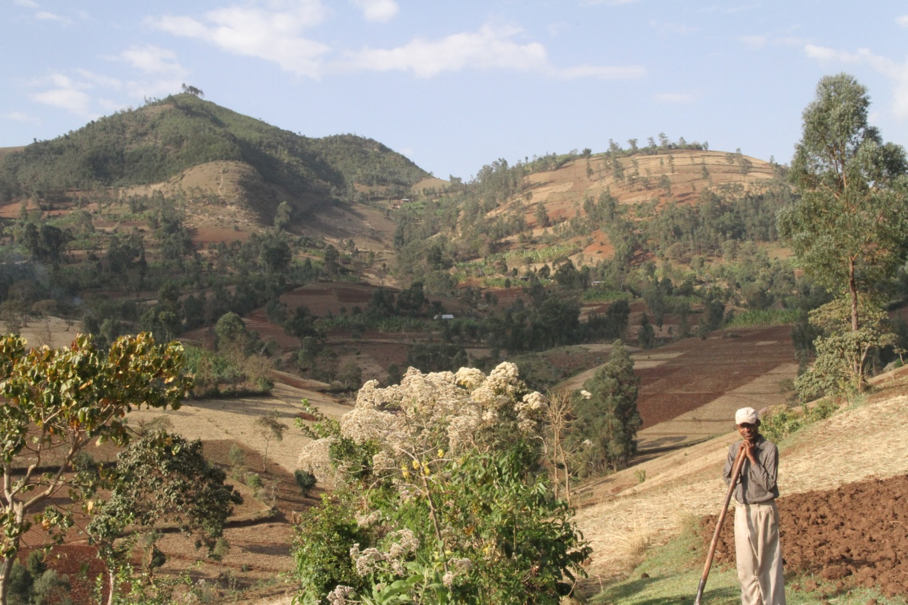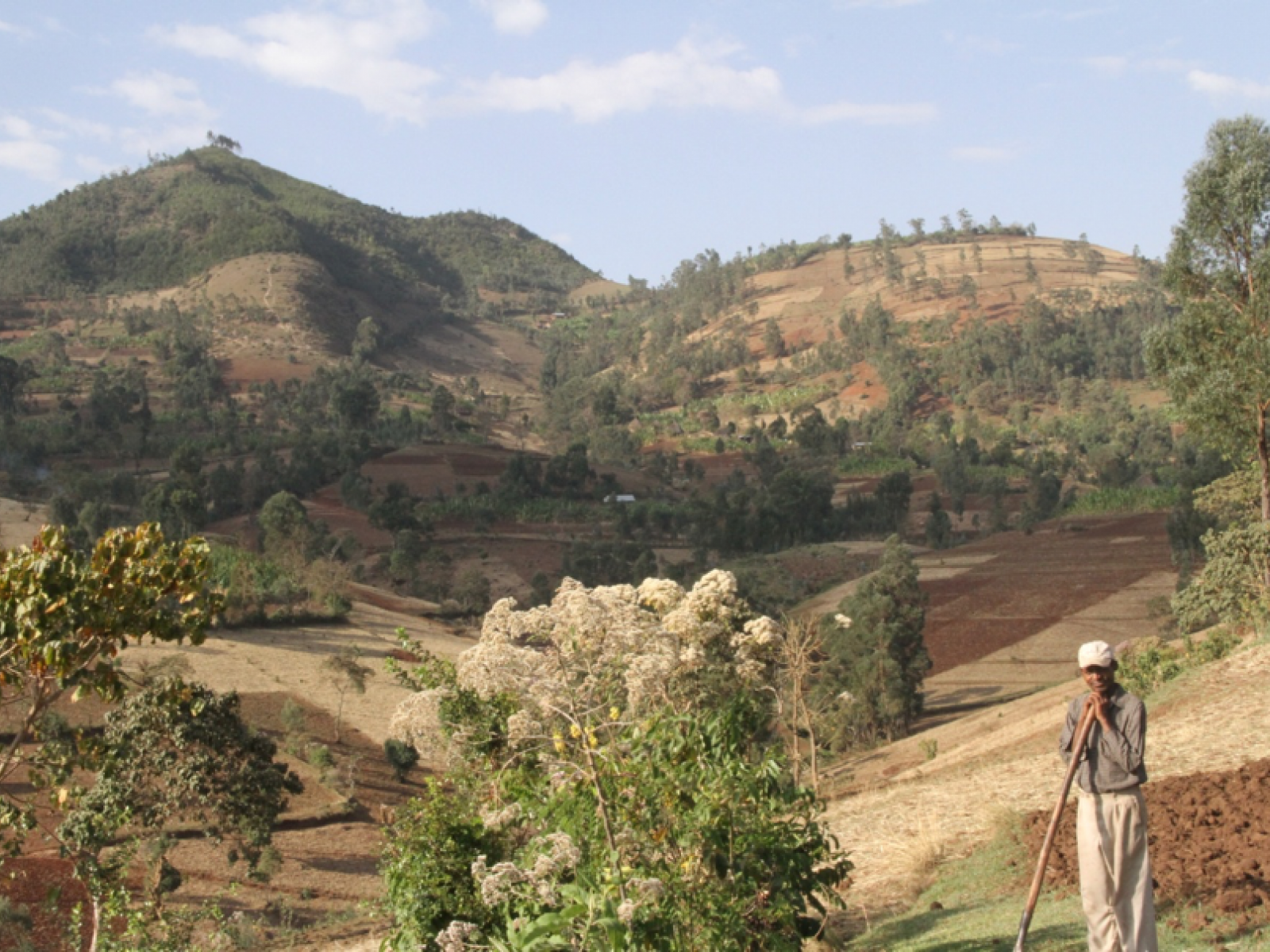An Overview Of Our Solution
- Population Impacted:
- Continent: Africa
Organization type
Population impacted
Size of agricultural area
Production quantity
People employed
Describe your solution
Describe your implementation
External connections
What is the environmental or ecological challenge you are targeting with your solution?
Describe the context in which you are operating
Mount Shonkolla forest area is part of Omo-Gibe basin system in Hadiya zone, Soro and Lemo Woreda in the Southern, Ethiopia. The intended project site is located at a distant of 252km away from Addis Ababa and 20km from Hossana town, capital of Hadiya Zone. The topographic feature of the area falls to 38.9% of high land and 61.1% of mid land agro-climatic zone. The land formation of the area is manifested mainly by undulating and rugged terrain. The topographic feature classified as very steep slope > 30% 3060ha( 39.4%) , steep slope 15-30% 2135ha ( 27.4%), rolling/undulating terrain 8-15 % 650ha (8.8%) , and flat to gentle sloping < 8% 1895ha ( 24.4%). The total area of project is 7775ha. The total population of project area is 7873 and out of that male are 4049 and female are 3829. The higher population pressure along with small land holding influenced the community's' to cultivate the mountain side and the peak side of the hills and marginalized patch of land. Thus, encroachment of the natural vegetation and replacing with species of exotic and incompatible tree plantation program during the last regime had made to be disturbed the natural habitats.
How did you impact natural resource use and greenhouse gas emissions?
Language(s)
Social/Community
Water
Food Security/Nutrition
Economic/Sustainable Development
Climate
Sustainability
In its inception period the project will relay on grant funding. After the project is kicked off to start the intended goal; biodiversity, government subsidies and market- based revenue are the main source for sustainability of our solutions. Government subsidies will be sought from different sources particularly those who are accused to biodiversity.
In addition, we have a plan to generate income through carbon trading, eco-tourism, apiculture commercializing the output of the project such as seedlings.
Return on investment
Entrant Banner Image

